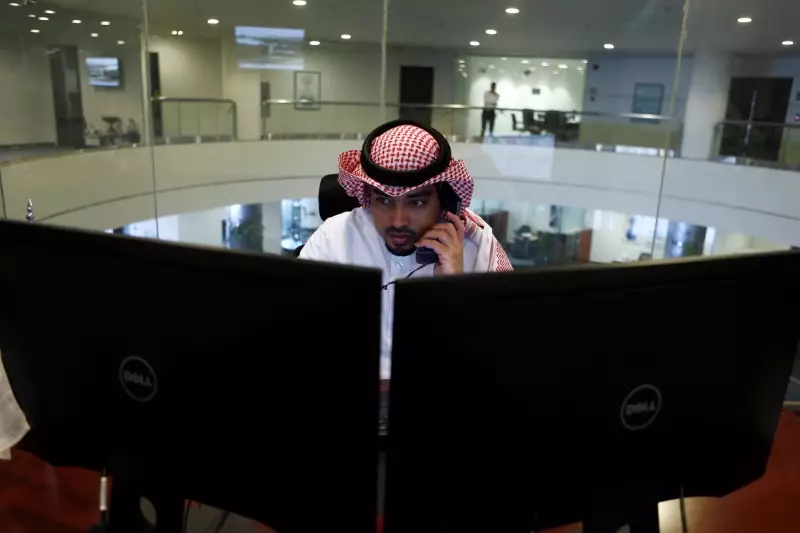The latest performance of the Saudi Arabian stock market, particularly the Tadawul All Share index, signals a noticeable decline, primarily attributed to setbacks in critical sectors such as Energy & Utilities, Financial Services, and Telecommunications. On the most recent trading day, the index slipped by 0.27%, reflecting broader economic engagement uncertainties. Investors closely monitor these fluctuations, understanding that market trends are often subject to both global events and local economic policies.
Despite the overall downturn, several stocks stood out as exceptional performers. Notably, Saudi RE Cooperative Reinsurance demonstrated remarkable resilience, skyrocketing by 9.94% to close at 59.70. This surge represents not only an increase in share price but also a confidence vote from investors, likely stemming from positive shifts in the insurance sector or strategic corporate decisions. Similarly, Salama Cooperative Insurance Co saw an 8.44% increase, highlighting a potential trend in recovery or growth within the insurance market.
Conversely, some companies faced significant pressure, such as National Medical Care Company, which recorded a loss of 3.49%. Its decline might be reflective of broader challenges in the healthcare sector, including potential regulatory changes or shifts in public demand. Emaar The Economic City and Power and Water Utility Company for Jubail and Yanbu also witnessed declines, raising concerns among stakeholders about the resilience of these sectors in the face of economic challenges.
Interestingly, the trading patterns reveal a slight edge in the number of gainers over losers, with rising stocks outpacing declining ones at 157 to 147. This scenario suggests a mixed sentiment among investors, reflecting cautious optimism despite the overall index’s decline. The presence of 32 stocks that remained unchanged also indicates a degree of market stagnation, highlighting the complexities of investor sentiment during uncertain economic conditions.
Parallel to the stock market’s movements, commodity prices are also displaying noteworthy trends. Crude oil prices have risen, with February delivery noting an increase of 1.13%, which could bolster the energy sector’s future performance if sustained. Such fluctuations in oil prices are paramount for the Saudi economy, heavily reliant on this sector. Conversely, gold futures showed a decline of 0.54%, signifying fluctuating interest among investors in safe-haven assets amid the current market environment.
Additionally, the foreign exchange market remains dynamic, with EUR/SAR witnessing a slight increase, while USD/SAR showed stability. This stability suggests a steady demand for the US dollar, critical for international trade activities, especially for a country like Saudi Arabia, which engages robustly in global markets.
The recent performance of the Saudi stock market encapsulates both challenges and opportunities for investors. While certain sectors experience declines, others show resilience, suggesting that informed investment strategies can still yield positive outcomes. As commodity prices fluctuate and global economic conditions evolve, stakeholders must remain vigilant and adaptable to changes, ensuring that they are well-positioned to navigate the complexities of the market landscape.

